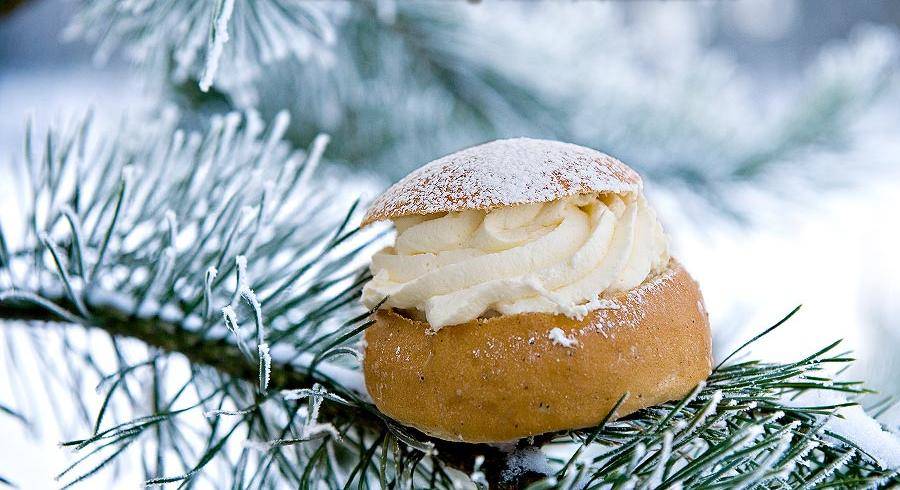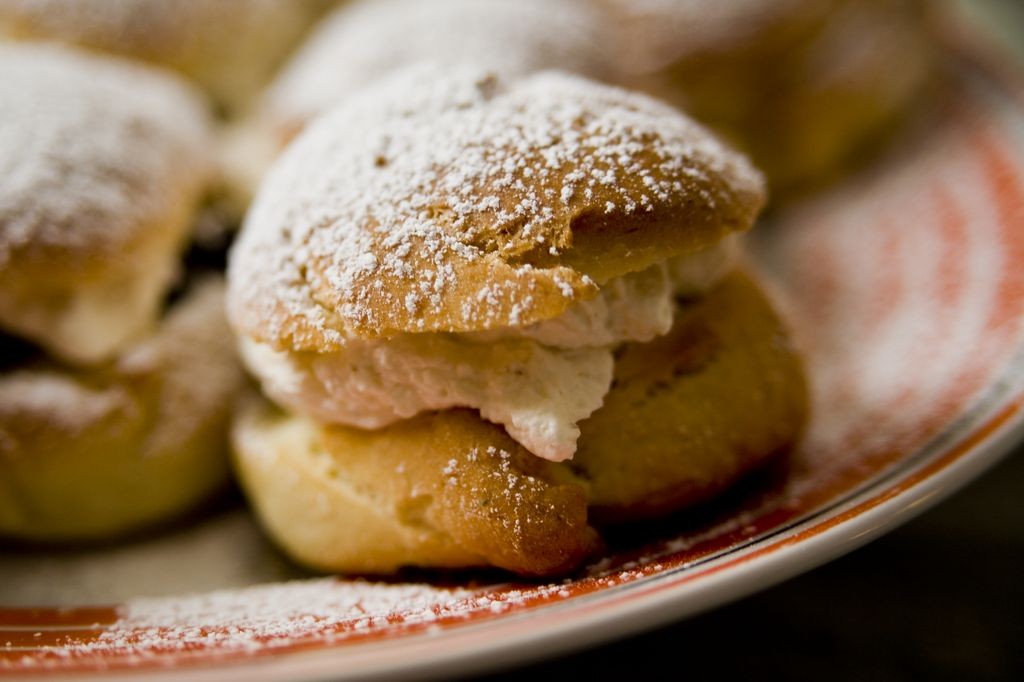Known as “Pancake Tuesday” in the UK, Ireland, Australia and Canada, Estonians celebrate Shrove Tuesday or Vastlapäev instead – and eat lots of buns with whipped cream.
Like many other traditions, this movable feast is anchored to Easter and rooted in the Christian calendar. The term Shrove Tuesday derives from shrive, meaning to grant absolution – a reminder that the day was historically set aside for self-examination. It was a time for Christians to reflect on their shortcomings, seek repentance, and consider the spiritual growth they hoped to pursue with divine guidance.
As Estonians have never been particularly religious – Christianised only in the 13th century, among the last in medieval Europe – Vastlapäev has always been more about festivity and the anticipation of spring than spiritual observance.
Old traditions
Traditionally, Vastlapäev was marked by sledding during the day and dancing into the evening. According to old beliefs, the length of one’s sled ride foretold the height of the summer’s flax crop – the longer the slide, the taller the stalks. Early revelers slid down hills on linen sacks or handfuls of flax before wooden sleds and sleighs took over.

The superstitions didn’t end there. Lighting a fire or spinning lamb’s wool was off-limits, while combing and cutting one’s hair was both customary and encouraged. And if that wasn’t peculiar enough, licking fat from one’s fingers or washing one’s face after eating pig’s trotters was strictly forbidden – believed to offer protection against accidental cuts from sharp objects.
But Vastlapäev was far from solemn. Festivities included spinning humming tops crafted from pig’s foot bones, with competitions to determine the best. The day also held special significance for women, who gathered in inns for a celebratory drink – believed to ensure long flax fibers in the coming season. Tradition even dictated drinking straight from the bottle, a symbolic nod to the hoped-for length of the flax.
As for the cuisine – it was as rustic as the traditions. The meal of the day was a hearty soup of peas and beans, accompanied by boiled pig’s trotters.
Today, children still race down snowy hills on sleds and makeshift boards, keeping the spirit of Vastlapäev alive. Flax, however, has all but disappeared from Estonia’s landscape – its cultivation is rare, and the country no longer has a flax processing industry.
Yet one modern tradition endures across generations – on Vastlapäev, everyone indulges in mountains of whipped cream-filled buns.

* This article was originally published on 9 February 2016.


It´s not only a tradition with buns with whipped cream Also we in Sweden indulge in these delicious things.I wonder if it might be something that the swedes imported during th 17:th century whwn Estonia was a part of Sweden.
There is a story about a swedish king, Adolf Fredrik ,who on the twelfth of february 1771 died after eating too many of these buns
It seems to me to be a Swedish dish exported to all other Northern European nations. Being an Estonian myself I sure love my vastlakuklid! So thanks again Sweden 😉
https://en.wikipedia.org/wiki/Semla